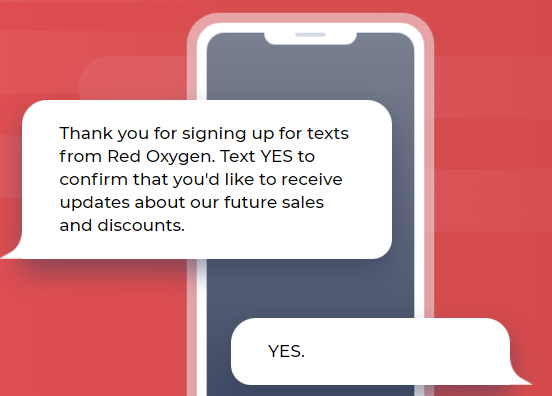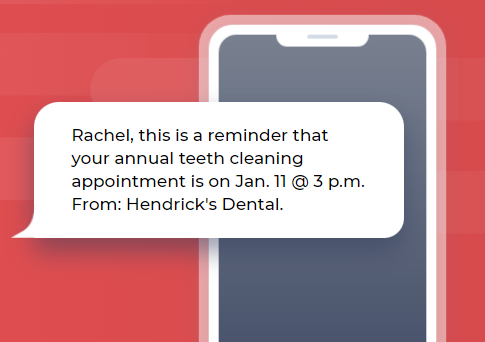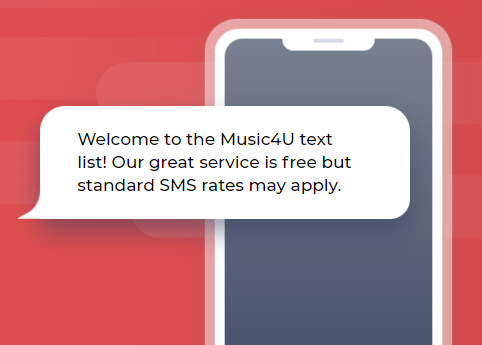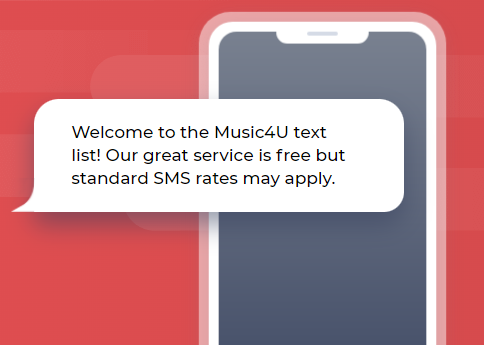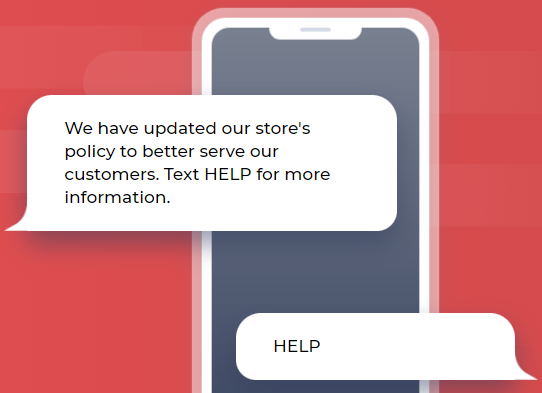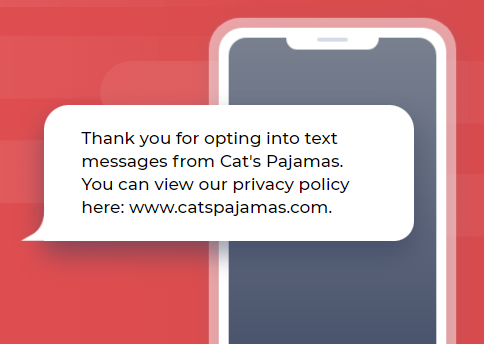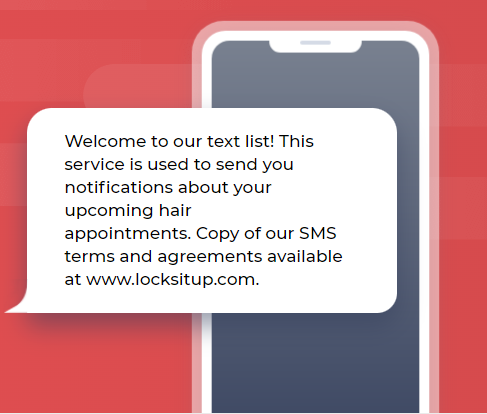Research shows that SMS campaigns have an average open rate of 98%. This makes business text messaging one of the most effective marketing tools. However, before you can start crafting messages to send to your market, you must be aware of and adhere to the mobile SMS rules in your location.
The Cellular Telecommunications Industry Association (CTIA) and Australian Communications and Media Authority (ACMA) have set several SMS and text message compliance rules. Below, we explore 10 essential SMS standards to help you ensure you’re compliant.
1. Request Consent
Perhaps the most important part of SMS compliance is requesting consent from customers and verifying that you have their permission to send them text messages. Make sure that this written consent is clear and conspicuous, leaving the user with no questions about what they’re signing up for. This consent can be obtained from web forms, mobile apps or social page signups.
2. Recognize the Sender
Let the recipient know who’s sending the message. Is the SMS from customer support, or is the marketing team sending the latest promotion? This is important to avoid confusion with wrong numbers or forgetful subscribers. Also, remember that as the sending company, you’re responsible for the text messages and content. This transparency can help reinforce brand recognition and trust while also reducing the likelihood of complaints, opt-outs or being marked as spam.
3. Describe Your Intent
If the opt-in is via text, you’ll need to send customers a short description of what messages they will receive. This limits confusion and establishes formal perimeters for future messages. In addition to helping recipients understand why they’re receiving your SMS messages, being clear on intent can help guide them and let them know what actions they need to take.
4. Tell Them the Cost
Whether you offer free or premium text messaging, it’s essential to be upfront about the costs to subscribers. This helps fulfill legal obligations while ensuring your recipients are well-informed about any potential charges that may arise from receiving your business’s SMS messages.
5. Respect Time Boundaries
A simple SMS rule that goes a long way is being mindful of when you’re sending messages to subscribers. Customers may become frustrated when they receive texts in the middle of the night or too early in the morning—and understandably so.
When sending text messages to a diverse group of people across different regions, ensure the messages will be delivered at appropriate times in each recipient’s local time zone. By “appropriate times,” we mean sending texts between 8 a.m. and 9 p.m. or specifically at noon during business hours. This simple yet effective rule can help prevent customers from receiving messages at inconvenient hours.
6. Choose Content Wisely
When sending simple SMS messages, make sure they contain content readers will find important, helpful and appropriate. Every text you send should benefit the customer in some way. Express your message thoughtfully and concisely to maintain their attention and support. It should also go without saying that your SMS messages should be free of content about violence, illegal activities or adult material.
Segmentation is an effective way to provide relevant content. This method allows you to tailor the content to each recipient based on their preferences and past interactions with your business.
7. Explain How to Opt-Out
Providing an easy exit for your customers is a great way to assure them they’re not receiving spam. Provide clear instructions on how your recipients can opt out of receiving messages. Once you receive an opt-out notice, it’s essential to ensure you no longer message the recipient.
8.Encourage Further Connection
Give customers a chance to connect with you for more information. Depending on what option is cheapest with your SMS plan, you can offer to text, visit a webpage or call a phone number for more information.
You can also invite your customers to share feedback, participate in surveys or participate in interactive campaigns. Seeking their input shows you value their opinions and establishes two-way communication.
9. State the Privacy Policy
You can ensure that subscribers are aware of how you’re using their data by including your privacy policy in your text messages. This statement should consist of an accurate description of how you use customer data and phone numbers. You can accomplish this by simply adding the link in your call to action.
10. List Terms and Conditions
The last rule on our list for SMS marketing compliance focuses on terms and conditions. Clearly define the terms of use for receiving text messages from your business. This includes the purpose of the messages, frequency and what the recipients can expect. Defining these terms helps set clear expectations, reduces the risks of misunderstandings and ensures your business is compliant.
If recipients subscribe via SMS, make sure you provide a link to the terms or let them know where to find it. However, if the sign-up form is online or print form rather than an SMS, it’s best to have it confirmed via SMS as well.
Note: You don’t need to send all the information in every message if you are sending recurring SMS message programs, but you should occasionally remind customers about the terms of service periodically.
Maintain SMS and Text Message Compliance With Red Oxygen Today
Transparency in business communication helps build trust and strengthens customer relationships. CompleteSMS can help you maintain SMS compliance. We have over 20 years of experience providing SMS solutions for businesses, enabling them to build valuable connections with their customers. Our solutions allow users to send messages from their computers to seven billion devices worldwide using existing infrastructure. We’re dedicated to providing our customers with innovative solutions paired with exceptional customer service.
Request a demo today to learn more about how CompleteSMS can help your business remain compliant while connecting with customers.


